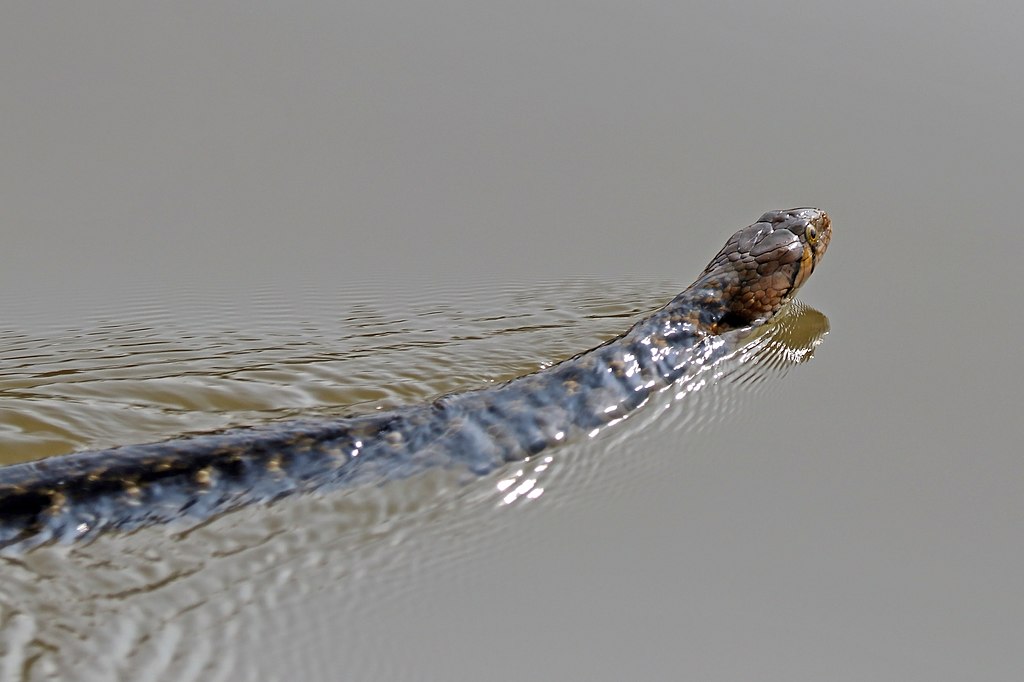Snakes, with their mysterious nature and unique behaviors, can make fascinating companions. However, unlike dogs or cats, they don’t express affection in conventional ways, making the bonding process quite different. Building trust with your serpentine friend requires patience, consistency, and understanding of their specific needs. Whether you’re a first-time snake owner or looking to strengthen your relationship with your current reptilian companion, this 30-day guide will help you establish a meaningful connection with your snake. By following these steps, you’ll create a foundation of trust that enhances both your experience as an owner and your snake’s quality of life.
Understanding Snake Psychology and Body Language

Before attempting to bond with your snake, it’s crucial to understand how these remarkable creatures experience the world. Snakes don’t form emotional attachments the way mammals do, but they can certainly recognize their owners and develop a sense of security around them. They communicate primarily through body language – a relaxed, slowly exploring snake indicates comfort, while defensive postures like coiling tightly or rapid tongue flicking suggest stress. Learning to read these subtle cues is your first step toward effective communication with your pet. Remember that snakes are primarily driven by survival instincts, so your goal is to position yourself as a non-threatening presence in their environment.
Creating the Perfect Environment
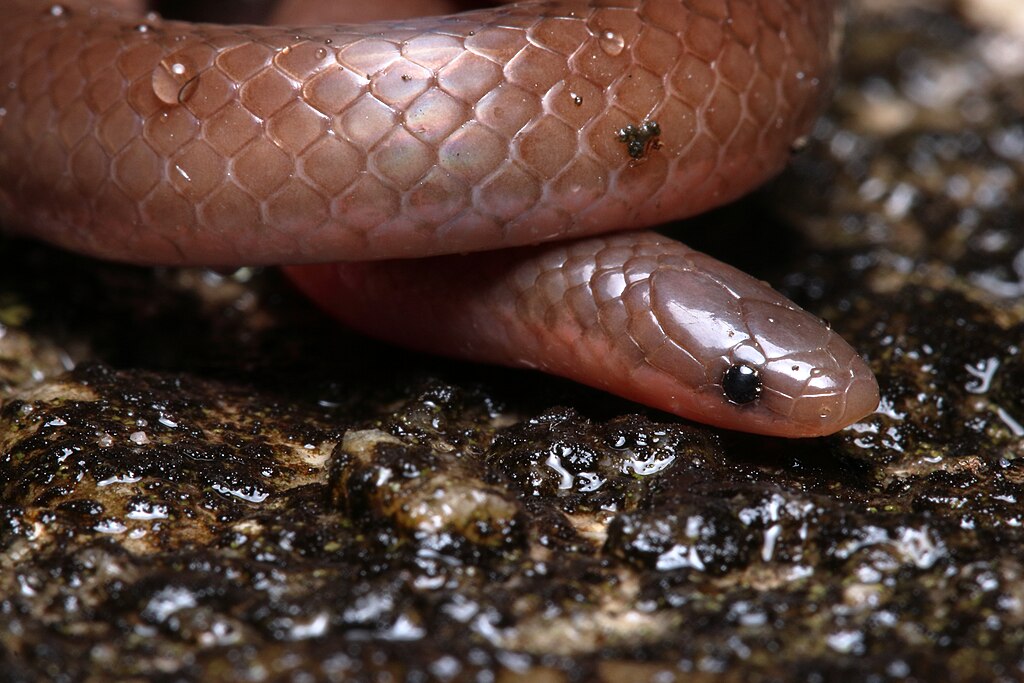
A secure, properly set up enclosure forms the foundation of your snake’s well-being and, consequently, your bonding journey. Ensure the habitat includes appropriate temperature gradients, humidity levels, and hiding spots specific to your snake’s species requirements. Multiple hide boxes positioned at different temperature zones allow your snake to regulate its body temperature while feeling secure. Proper substrate depth enables natural burrowing behaviors for species that enjoy this activity. An appropriately sized enclosure with correct environmental parameters reduces stress, which is essential for your snake to feel comfortable enough to begin trusting you.
Establishing a Consistent Routine
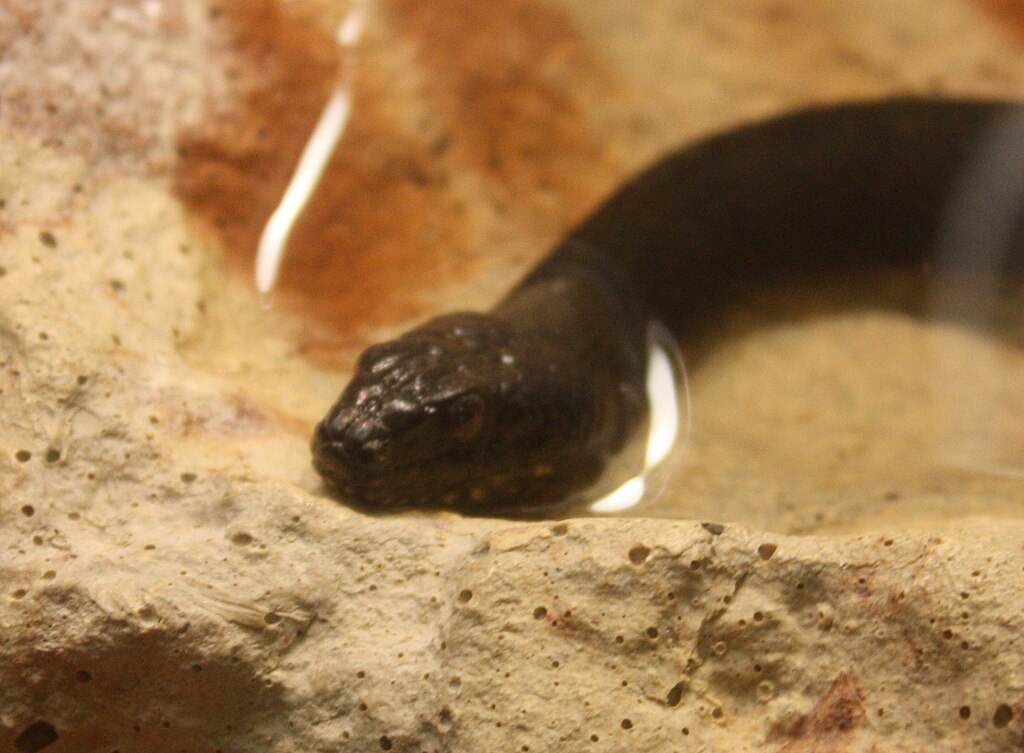
Snakes thrive on predictability, making a consistent routine essential for building trust. Establish regular times for feeding, cleaning, and handling sessions to help your snake understand what to expect from interactions with you. Approach the enclosure from the same direction each time to minimize startling your pet with unexpected movements. Keep lighting cycles consistent to support your snake’s natural circadian rhythm, which helps regulate their behavior and stress levels. As your snake begins to anticipate these routines, they’ll become less defensive during interactions, creating opportunities for positive bonding experiences.
The Acclimation Period: Days 1-7

The first week after bringing home a new snake (or beginning your bonding journey with an existing pet) should focus entirely on minimizing stress and allowing acclimation. Resist the urge to handle your snake during this period, instead simply sitting near the enclosure and allowing your snake to observe you from its secure environment. Perform necessary maintenance quickly and calmly, avoiding sudden movements or loud noises. If you need to feed your snake during this time, use feeding tongs to minimize association between your hands and food. This patience pays dividends by establishing you as a non-threatening presence in your snake’s life from the beginning.
First Contact: Days 8-14

During the second week, begin brief, gentle handling sessions to help your snake grow accustomed to your touch. Start with sessions of just 5-10 minutes, gradually increasing as your snake shows signs of comfort. Always wash your hands before handling to remove food scents that might trigger a feeding response. Support your snake’s body properly, never grabbing or restraining it, and allowing it to move freely across your hands and arms. Watch for signs of stress like rapid breathing or muscle tension, ending the session if these appear. These initial contacts build the foundation for your snake to associate your presence with safety rather than threat.
Proper Handling Techniques
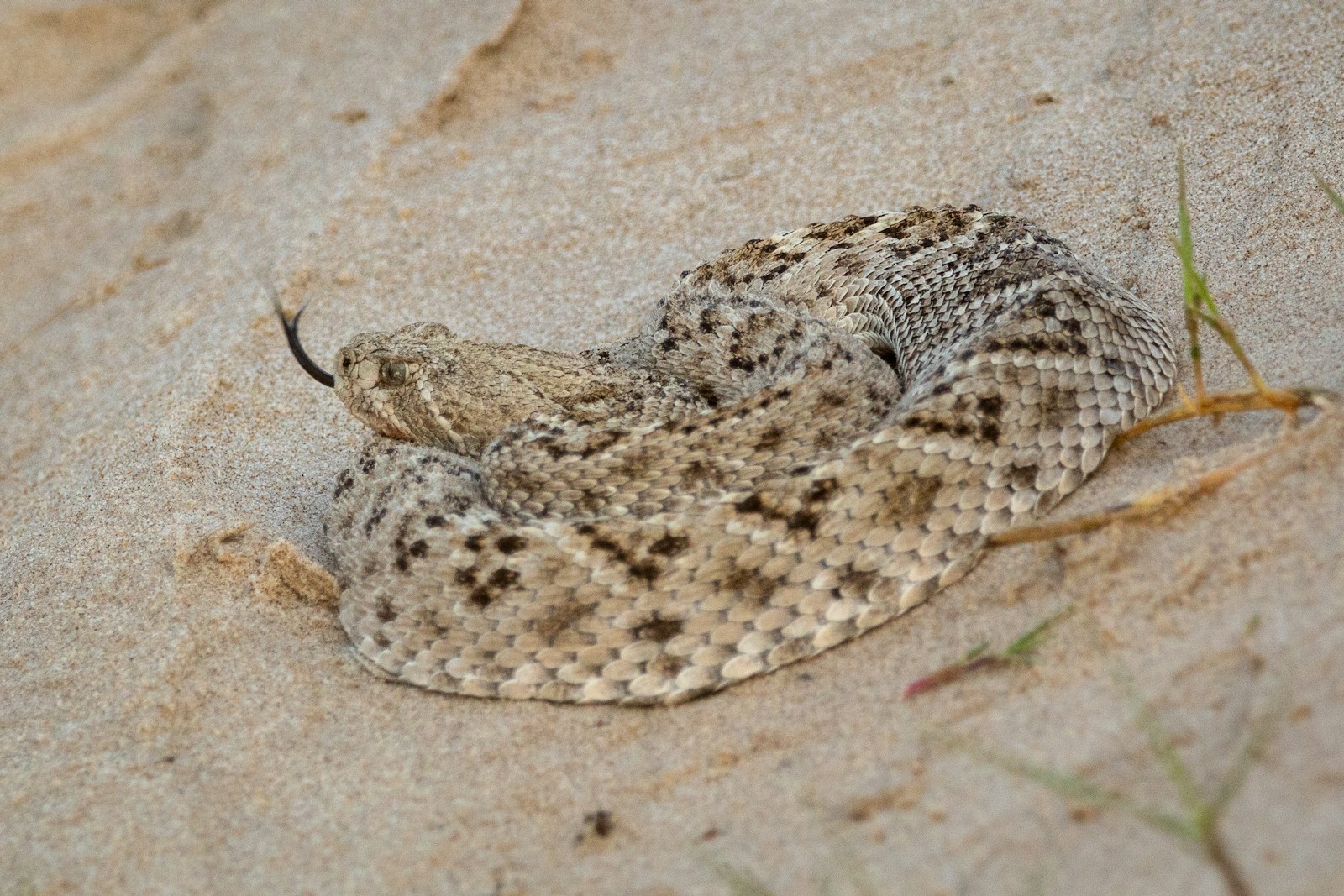
How you handle your snake significantly impacts your bonding success, making proper technique essential. Always approach from the side rather than above, as predators typically strike from above, potentially triggering defensive behaviors. Support your snake’s body along its entire length, never allowing portions to dangle unsupported which can cause the snake to feel insecure. Move slowly and deliberately, avoiding sudden gestures that might startle your pet. For larger species, use a snake hook to gently lift them initially before supporting them with your hands, which helps establish that handling time is different from feeding time.
Building Trust Through Food: Days 15-21
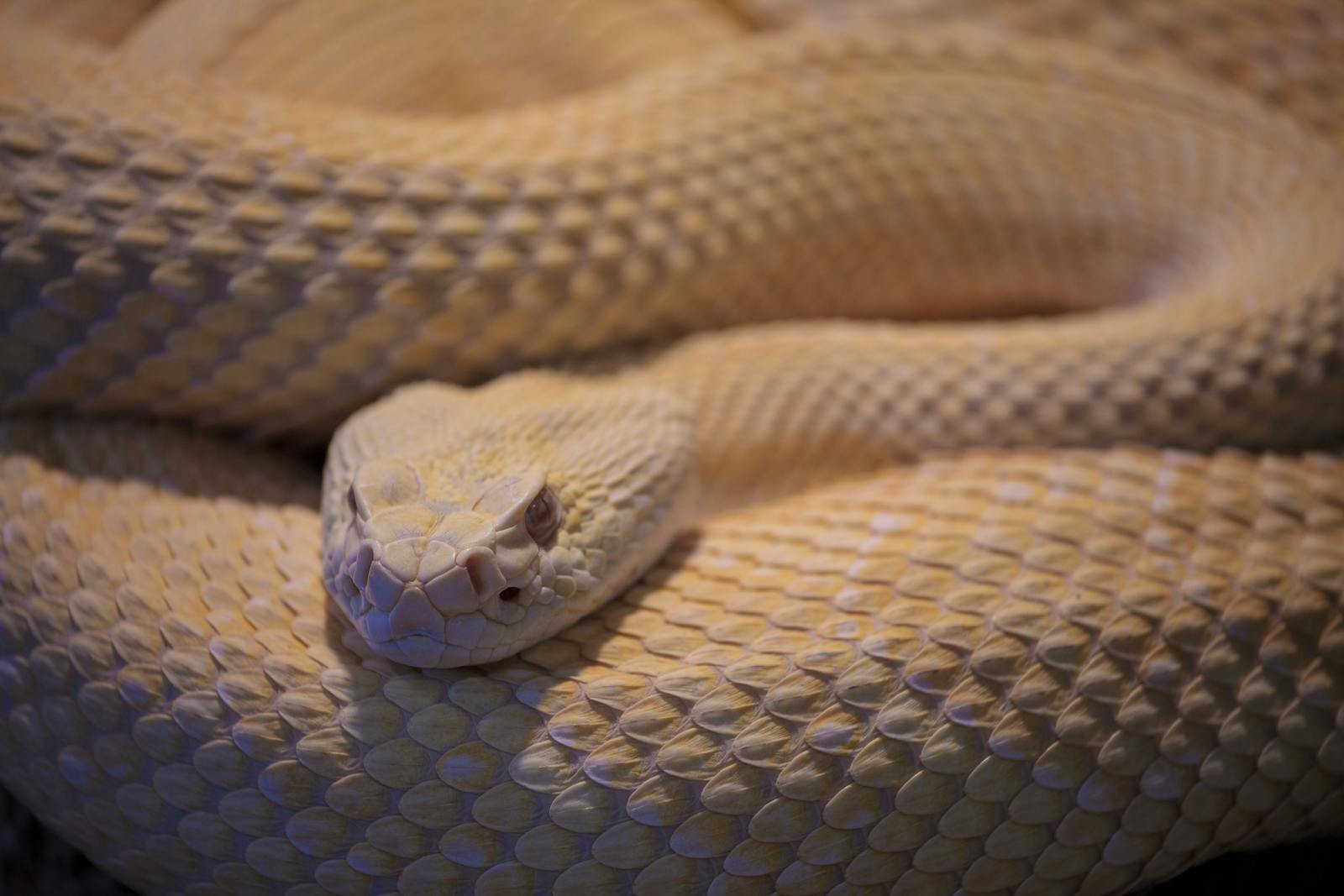
By the third week, your snake should be somewhat accustomed to your presence, making feeding time an opportunity to reinforce positive associations. While you should never hand-feed your snake (which can lead to accidental bites), being present during successful feedings helps your snake associate you with positive experiences. Use feeding tongs to offer prey, maintaining a safe distance while still being visible to your snake. Some owners find success with establishing a specific routine before feeding, such as a gentle tap on the enclosure, which helps the snake distinguish between handling time and feeding time. Consistent, stress-free feeding experiences contribute significantly to building trust with your reptilian companion.
Recognizing Signs of Progress

As your bonding efforts progress, you’ll begin noticing subtle changes in your snake’s behavior that indicate growing comfort. A snake that comes to the front of the enclosure when you approach rather than hiding is showing curiosity and reduced defensive instincts. Reduced tongue flicking and muscle tension during handling sessions indicates decreased stress levels. Some snakes may even begin to explore you during handling rather than trying to escape, suggesting they view you as an interesting part of their environment rather than a threat. These behavioral shifts may be subtle but represent significant milestones in your bonding journey.
Enrichment Activities: Days 22-25

Introducing appropriate enrichment activities during the fourth week helps stimulate your snake mentally while creating additional positive associations with you. Create a “snake playground” in a secure, snake-proof room where your pet can safely explore new textures and environments under your supervision. Provide climbing opportunities appropriate for your species, such as sturdy branches for arboreal snakes or textured rocks for terrestrial species. Some snakes enjoy novel scents or objects that provide sensory stimulation – just ensure all items are non-toxic and cannot be ingested. These enrichment sessions should be brief at first, gradually extending as your snake shows comfort with the activities.
Overcoming Setbacks

Even with the most careful approach, setbacks in the bonding process are normal and should be expected. If your snake displays defensive behavior after a period of progress, take a step back in your bonding process rather than pushing forward. Consider whether environmental factors might be causing stress – changes in temperature, unusual noises, or even your own stress levels can affect your snake’s behavior. Illness can also manifest as behavioral changes, so consult a reptile veterinarian if you notice significant behavioral shifts alongside physical symptoms. Remember that bonding is not linear, and patience during challenging periods often leads to stronger trust in the long term.
Advanced Handling: Days 26-29

As you approach the end of your 30-day bonding period, you can begin introducing more advanced handling techniques with your more comfortable snake. Gradually increase handling duration, aiming for 15-20 minute sessions if your snake remains relaxed. You might introduce gentle handling by different family members to help your snake become comfortable with other humans. Practice moving your hands beneath your snake’s body during handling, which helps prepare for health checks and examinations. Some snake owners find success with target training at this stage, using a specific object your snake learns to move toward, further enhancing communication between you and your pet.
Creating a Long-term Bonding Routine: Day 30
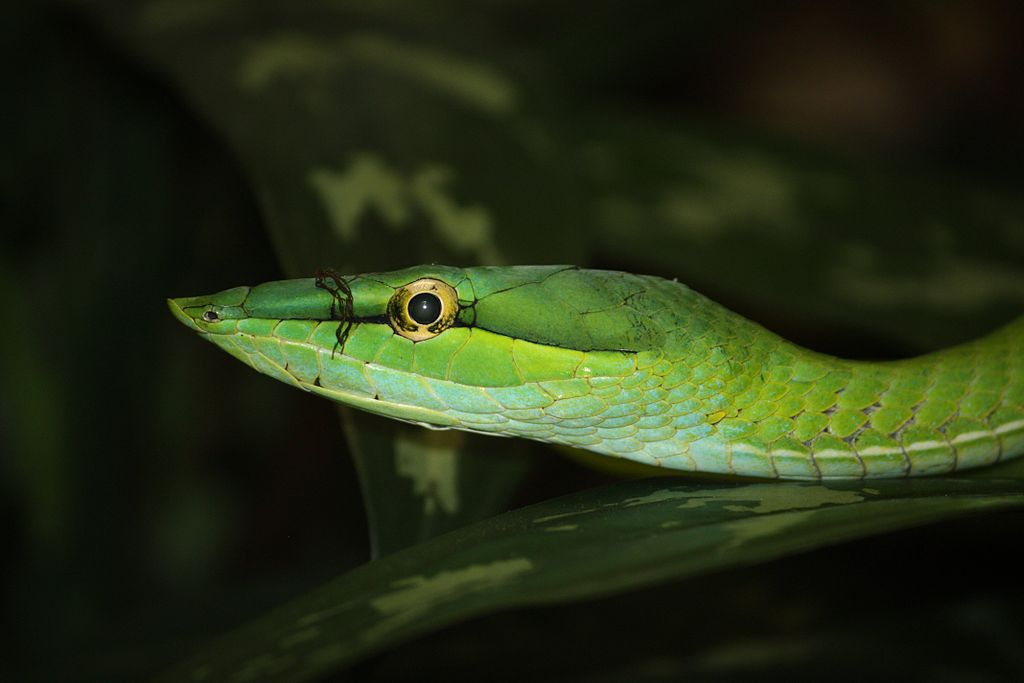
The final day of your bonding program marks not an end but a transition to a sustainable long-term relationship with your snake. Establish a weekly schedule that includes regular handling sessions, enrichment activities, and observational time. Consider keeping a journal to track your snake’s preferences and behaviors, which helps you continuously refine your approach to your specific pet. Remember that different snake species and individual personalities vary widely in their tolerance for interaction – some may thrive with frequent handling, while others prefer more limited contact. The strongest bonds come from respecting your snake’s individual preferences while maintaining consistent, positive interactions.
Special Considerations for Different Snake Species

Your bonding approach should be tailored to your specific snake species, as temperaments and handling tolerances vary significantly. Ball pythons, known for their docile nature, often become comfortable with handling more quickly than more defensive species like blood pythons or certain rat snakes. Arboreal species like green tree pythons prefer perching and may be stressed by excessive handling on flat surfaces. Smaller species such as corn snakes and king snakes generally adapt well to handling but require more gentle touch due to their size. Research your specific species’ natural behaviors and typical temperament to adjust your bonding timeline and techniques accordingly, creating a species-appropriate approach to relationship-building.
Conclusion
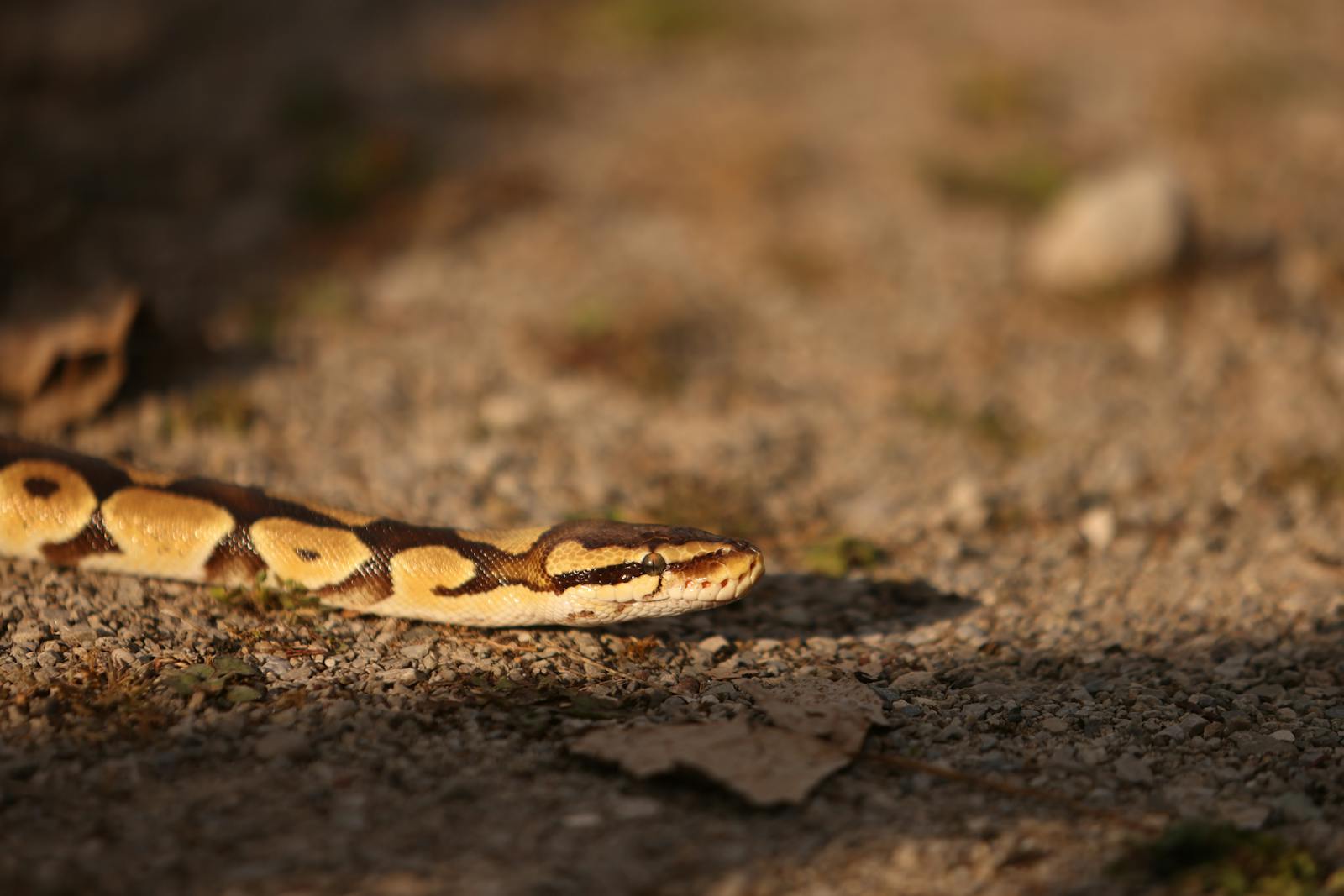
Building a bond with your snake is a rewarding journey that transforms a fascinating pet into a trusted companion. Through these 30 days of patient, consistent interaction, you’ve created a foundation of trust and understanding that benefits both you and your serpentine friend. Remember that the relationship doesn’t end here – maintaining regular positive interactions and respecting your snake’s individual preferences will continue strengthening your connection for years to come. While snakes may not show affection in ways familiar to mammal owners, the mutual trust you’ve established represents a special form of companionship unique to reptile keeping. Your efforts have created a less stressful life for your snake and a more enriching, educational experience for yourself as a responsible reptile owner.

